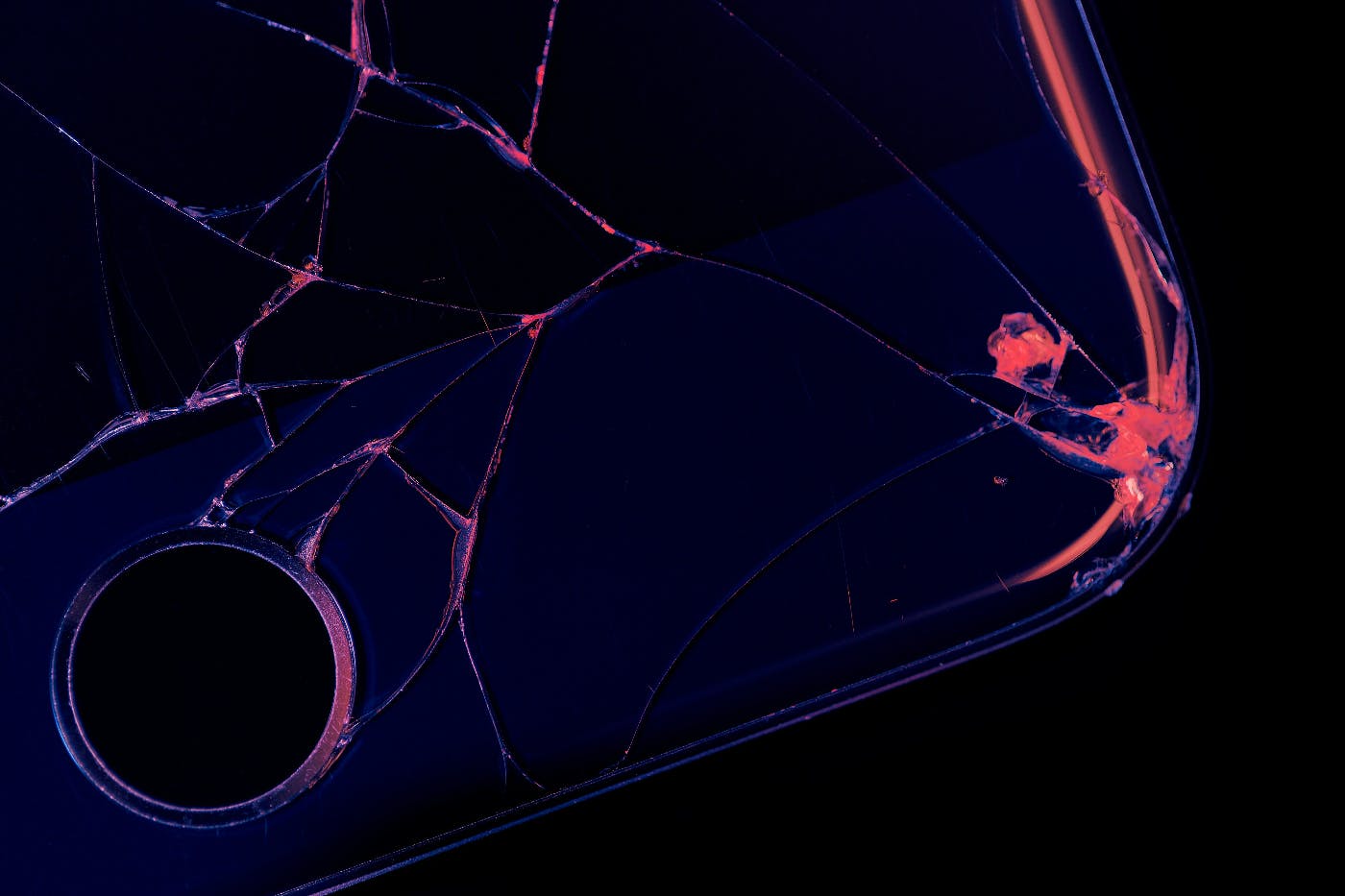
The tactile sensation of physical touch, once an integral part of human interaction, is experiencing a gradual but perceptible disappearance amidst the digital revolution.
I am an introvert, and I suffer from depression. There are days when getting out of bed is a chore. There are weeks when I don’t leave my apartment because I cannot face any kind of human interaction. I am not good at small talk. Hell, I’m not good at large or medium talk, either. Sometimes, it is hard work to listen and respond in a civil manner. It’s not that I don’t like people; I do; it’s just that at times, when I am deeply depressed, when I am in my introvert shell, I just don’t understand what people want and how to communicate with them.
This state of being allowed me to be perfectly happy living in New York, where you could be as anonymous as you desired. When I was deep in depression, when I was terrified of conversation, I would hide in my apartment and ride the wave. Outside, millions of people were jostling for space on subway cars, stealing each other’s cabs, bunching into elevators, and I could, from my window, watch them and feel safe inside. That was lovely.
What was also lovely was when I was too isolated and needed what I came to call a humanity bath. In these times, I could get out on the street and get my fix. Have my needs fulfilled without causing anyone any harm or even to think about me. All I needed was human touch.
When the feeling of isolation was too great, I would buck up and head out into the fray, into the masses. I would be jostled, pushed out of the way, bumped, and swept up in the rush of people. I would be bathed in human touch.
This wasn’t a need for intimacy, no. It was a realization that I had been in my apartment for so long that I hadn’t touched or been touched by another human. I would get to the point of wondering if I existed any longer. Did I really occupy space on this planet? When those questions arose, I would head out onto the streets to be part of the masses and be bathed in touch, accidental, deliberate, rough, kind, friend, stranger; it didn’t matter; it was just human interaction. Human touch.
I still hide inside, have days and weeks when I cannot face the world, and still find the need for a humanity bath now and then. When those times arise, I head to Walmart or the farmer’s market. I do an art walk or go to a triple-A baseball game. I find some way of bathing in humanity. Why? Because we all need human contact from time to time.
As the month of February trots along and we continue looking at ways to be more human in a tech-saturated world, today we’re talking about touch. Human touch, and life is better when we get a touch from others. So, let’s dive in.
The essence of human interaction
In a world dominated by screens and algorithms, the essence of human interaction is undergoing a profound transformation. From the bustling streets of metropolises to the cozy corners of suburban homes, technology has woven itself intricately into the fabric of society, reshaping the way we communicate, connect, and relate to one another. The tactile sensation of physical touch, once an integral part of human interaction, is experiencing a gradual but perceptible disappearance amidst the digital revolution. This phenomenon prompts a critical examination of the multifaceted ways technology is altering the landscape of human interaction, heralding unprecedented opportunities and daunting challenges.
At the heart of human connection lies touch—a primal form of communication that conveys emotions, fosters empathy, and nurtures intimacy. Whether it's a warm embrace shared between friends, a reassuring pat on the back, or the tender caress of a loved one, physical touch serves as a potent medium through which we express affection, empathy, and understanding. However, the omnipresence of technology in contemporary society has engendered a gradual erosion of these tactile interactions, relegating them to the periphery of human experience.

Social media is not touch
The rise of digital communication platforms, social media, and virtual reality technologies has fostered a paradigm shift in how we interact. In an era characterized by instant messaging, video calls, and social networking sites, the nuances of face-to-face interaction are increasingly supplanted by digital avatars and emoticons. While these technological innovations offer unprecedented convenience and connectivity, they often fail to replicate the richness and depth of in-person communication. The absence of physical presence and tactile cues in digital interactions can create a sense of disconnection and detachment, diminishing the quality of human relationships.
Touch screens are not human touch
Moreover, the proliferation of touch-screen devices and virtual interfaces has redefined the boundaries of human touch, blurring the distinction between physical and virtual reality. Haptic feedback technologies simulate the sensation of touch through vibrations and tactile stimuli, allowing users to interact with digital interfaces in a more immersive manner. While these advancements hold promise in enhancing user experience and accessibility, they also raise profound questions about the nature of human connection in an increasingly digitized world. As our interactions become mediated by screens and algorithms, the visceral experience of tactile engagement is gradually supplanted by its virtual counterpart, giving rise to a new paradigm of touchless communication.
The ramifications of this shift extend far beyond the realm of interpersonal relationships, permeating various aspects of society, culture, and psychology. In the domain of healthcare, for instance, the advent of telemedicine and remote diagnostics has revolutionized the delivery of medical services, enabling patients to receive care from a distance. However, the absence of physical touch in virtual healthcare encounters can pose challenges regarding patient-provider rapport and diagnostic accuracy, underscoring the irreplaceable role of tactile interaction in the healing process.
Learning
Similarly, the widespread adoption of online learning platforms and digital classrooms in education has democratized access to knowledge and information. Yet, the lack of tactile engagement in virtual learning environments can impede the development of sensory-motor skills and kinesthetic learning, hindering holistic educational outcomes. As students increasingly interface with screens rather than physical objects, the embodied experience of learning is compromised, giving rise to concerns about the long-term implications for cognitive development and emotional well-being.
Community bonds
Furthermore, the erosion of tactile interaction has profound implications for the fabric of social cohesion and community bonding. Traditions such as handshakes, hugs, and communal gatherings serve as expressions of solidarity and belonging and as conduits for transmitting cultural values and norms. In an era characterized by social distancing measures and virtual interactions, these age-old customs face unprecedented challenges, prompting a reevaluation of their significance in a rapidly changing world.
Amidst these profound transformations, it becomes imperative to reflect on the ethical, philosophical, and existential dimensions of the vanishing touch. As technology continues redefining the contours of human interaction, we must preserve the essence of tactile engagement and embodied presence in our relationships and communities. By fostering a mindful integration of technology with human values and experiences, we can navigate the complexities of the digital age while preserving the timeless essence of human connection.
Summing Up
The vanishing touch represents a poignant symbol of the transformative power of technology in reshaping human interaction. While digital innovations offer unprecedented opportunities for connectivity and communication, they also pose profound challenges to the importance of physical touch in fostering empathy, intimacy, and understanding. By critically examining the multifaceted implications of this phenomenon, we can chart a path toward a more balanced and humane approach to technology that honors the richness of tactile engagement while embracing the potential of digital connectivity. In doing so, we can forge a future where technology enriches rather than diminishes the tapestry of human connection, ensuring that the touch remains an enduring expression of our shared humanity.
Work with us.
Tell us where you want to be. We'll help you get there.

